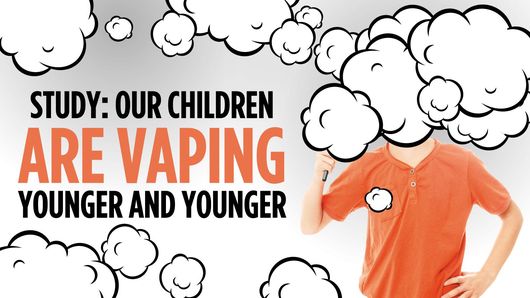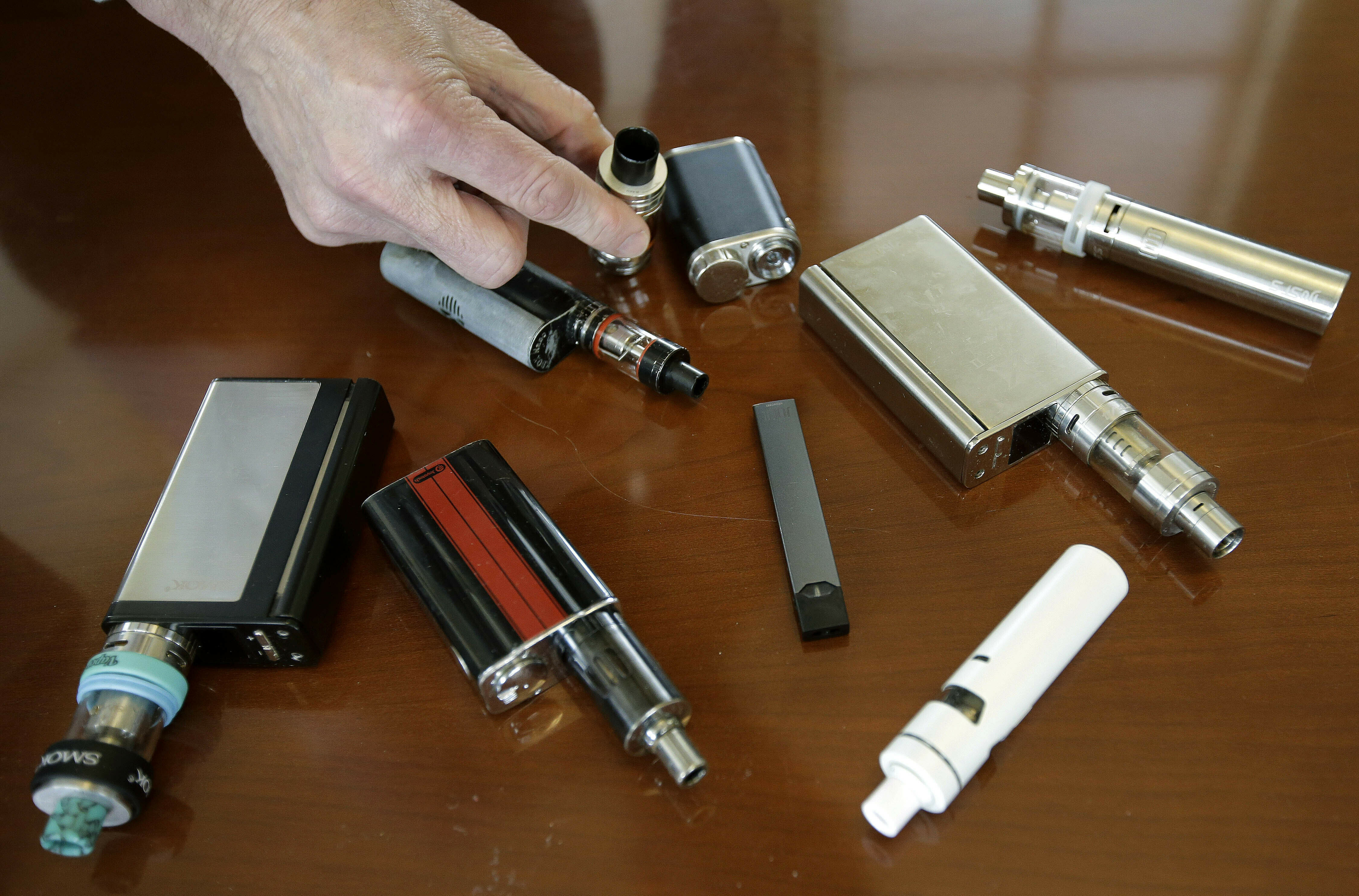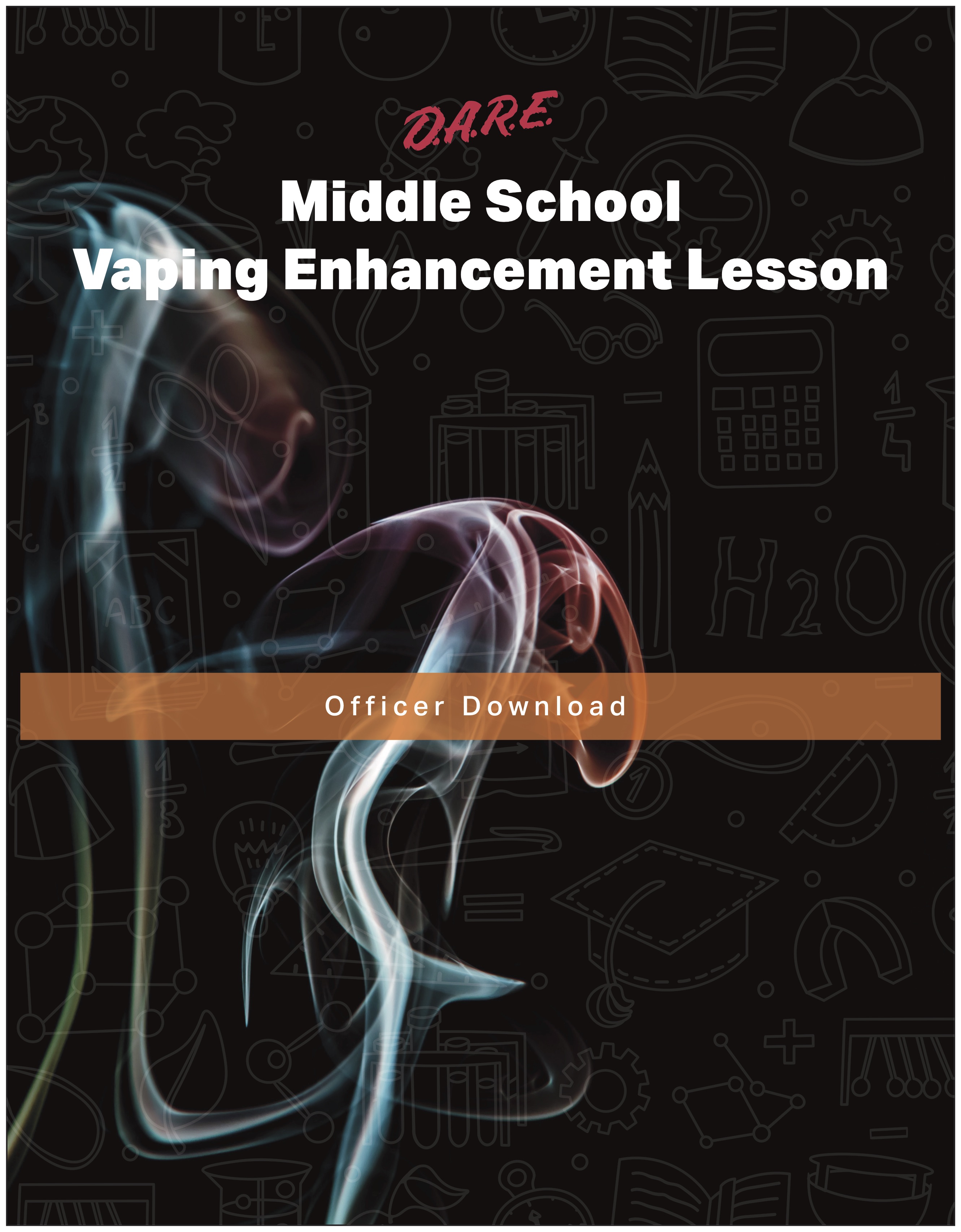
Experts agree that vaping is harmful to students’ bodies and brains. There are toxic chemicals and metals in many e-cigarettes, and vaping can cause respiratory issues, and potentially cardiovascular problems, and even seizures. The nicotine itself is much more concentrated in e-cigarettes than traditional ones.
Full Answer
What should high schools do about vaping?
The Student Vaping Crisis: How Schools Are Fighting Back
- Looming Health Effects. Educators and health experts worry about the long-term effects of nicotine on students’ developing brains.
- Counseling vs. Fear Tactics. ...
- Parent Support Needed. That’s the kind of comprehensive approach that Faren and school nurse Elizabeth Blackwell have been developing in Boulder Valley over the last two years.
Why do we pressure high schoolers to be overachievers?
He’s:
- Driven to get all A’s
- Committed to showing up early for play practice, with all his lines memorized
- Focused on reaching Regionals for the Science Fair
- Determined to complete assignments the minute they’re assigned.
Why should high schoolers take AP Statistics?
5 Benefits of Taking AP Classes in High School
- Prep for college. AP classes can be as challenging as introductory college courses. ...
- Rise to the top of the pile. Advanced Placement classes show admissions officers that you're ready for college-level work. ...
- Strengthen your transcript. ...
- Study what you love. ...
Why high schoolers should be in charge?
Why High Schoolers Should be in Charge Sam Levin started the Independent Project at Monument Mountain Regional High School. He also started a community garden there, which started very small, and eventually grew very big. Project Sprout, which is a story unto itself.

How do e-cigarettes produce aerosols?
E-cigarettes produce an aerosol by heating a liquid that usually contains nicotine, flavorings, and other chemicals that help to make the aerosol. The liquid used in e-cigarettes often contains nicotine and flavorings. This liquid is sometimes called “e-juice,” “e-liquid,” “vape juice,” or “vape liquid.”. Users inhale e-cigarette aerosol ...
Why are e-cigarettes not safe to eat?
For example, some e-cigarette flavorings may be safe to eat but not to inhale because the gut can process more substances than the lungs. 1. Defective e-cigarette batteries have caused some fires and explosions, a few of which have resulted in serious injuries.
How does nicotine affect the brain?
Using nicotine in adolescence can harm the parts of the brain that control attention, learning, mood, and impulse control. 1.
What are the most popular flavors of e-cigarettes in 2020?
5 Among high school students who currently used any type of flavored e-cigarettes in 2020, the most commonly used flavors are fruit (73.1%), mint (55.8%), menthol (37.0%), and candy, desserts , or other sweets (36.4%). 5.
What are the flavors of e-cigarettes?
E-cigarettes come in various flavors, including fruit, candy, mint, and menthol. A study from 2013-2014 showed that most youth who use e-cigarettes first start with a flavored variety, and flavors are the primary reason youth report using e-cigarettes. 6.
What is an e-cigarette?
E-cigarettes are electronic devices that heat a liquid and produce an aerosol, or mix of small particles in the air. E-cigarettes come in many shapes and sizes. Most have a battery, a heating element, and a place to hold a liquid. Some e-cigarettes look like regular cigarettes, cigars, or pipes. Some look like USB flash drives, pens, ...
When will e-cigarettes be banned?
On January 2, 2020, the U.S. Food and Drug Administration (FDA) finalized an enforcement policy that prohibits the sale of prefilled cartridge e-cigarettes in any flavor other than tobacco or menthol, unless authorized by FDA.
What is vaping in a juul?
Vaping is the act of inhaling vapor created by battery-powered e-cigarette devices, like JUUL. These e-cigarettes contain pods with a variety of synthetic flavors and a mixture of other chemicals. While these products do not use tobacco, many e-cigarette cartridges contain approximately the same amount of nicotine as an entire pack of cigarettes. ...
How many people are using flavored e-cigarettes?
That means more than 3.6 million young people are now currently using flavored e-cigarettes. This rise in popularity of vaping is damaging the health and academics of youth all across the nation, and particularly that of high school athletes. Vaping is the act of inhaling vapor created by battery-powered e-cigarette devices, like JUUL.
How long does it take to get vaping in rehab?
With just 30 days at a rehab center, you can get clean and sober, start therapy, join a support group, and learn ways to manage your cravings. Learn More. In addition to the long-term consequences for a student athlete’s cardiovascular system, getting caught vaping at school can also result in punishments that keep them from competing.
What are some examples of e-cigarettes?
Another issue is that compared to tobacco cigarettes, e-cigarette products are marketed and created as increasingly enticing to younger populations. For example, JUUL is a sleek modern design and comes in sweet flavors that appeal to kids, such as mango, cool mint, fruit medley, and cotton candy.
What sports use nicotine?
A 2017 study performed by Massey University found that teens involved in team sports such as baseball, football, and hockey were the most regular users of nicotine products of all high school demographics. All of the potential health risks associated with e-cigarette use can significantly impair a student athlete’s ability to perform, ...
Is vaping a behavior problem?
Because of these factors, school officials, pediatricians, and parents are all starting to look at vaping as less of a behavior problem and more as an addiction problem. Some school districts are now exploring the option of offering cessation programs for students caught with vaping rather than simply suspension.
Does vaping affect the heart?
The heart is an organ that seems to be particularly impacted by vaping – one study found that a 30-minute vaping session had the same adverse effect on the aorta as smoking for five minutes. While the idea of a “smoking athlete” may be hard to grasp, vaping amongst student athletes is becoming increasingly common, ...
How many teens are addicted to nicotine?
For nearly 3.6 million teens across the country, the most pressing addiction issue isn’t to illicit drugs, alcohol, or social media; it’s nicotine. Anti-cigarette campaigns throughout the 2010s managed to bring teen smoking to record lows. Yet, ahead of a planned release of study results, the U.S. Surgeon General revealed that nicotine abuse has skyrocketed in recent years. E-cigarettes and vaping devices–named for the process of heating liquid until it vaporizes–are used by 20.8% of high schoolers, an 80% increase from the year before. Between 2011 and 2015, use increased by more than 900%.
Do e-cigarettes contain nicotine?
While not all e-cigarettes contain nicotine (found naturally in tobacco), the majority do. Nicotine can stunt the brain’s growth, especially if consumed before it’s fully grown around the age of 25. The addictive chemical also changes the way certain brain pathways develop, affecting areas responsible for attention span and learning ability.
How many eighth graders use e-cigarettes?
Millions of kids are trying these e-cigarette products. Studies show that one in five eighth-graders that currently use tobacco products got there by starting with e-cigarettes. “So these e-cigarettes are also a gateway for traditional tobacco use for many young kids,” he said.
Is it illegal to smoke e-cigarettes in England?
The Department of Health have ruled out the outlawing of 'e-cigs' in enclosed spaces in England, despite calls by WHO, The World Health Organisation to do so. WHO have recommended a ban on indoor smoking of e-cigs as part of tougher regulation of products dangerous to children.
How many teens are vaping in 2019?
Vaping marijuana continues to dramatically increase in popularity among teens, according to numbers from the latest Monitoring the Future study . In 2019, 14% of high school seniors admitted to vaping marijuana in the past month. This is almost double the percentage from 2018. In addition, 21% of 12 th graders reported vaping marijuana within ...
What is the use of e-cigs?
As mentioned earlier, the use of electronic cigarettes (e-cigs) is also referred to as vaping. There are hundreds of different brands and a few different styles of e-cigs. But in general, they are all battery-operated devices that have a cartridge that holds a liquid solution. When a person puffs, the e-cig vaporizes the liquid and the user inhales the vapor.
Does vaping affect the immune system?
Vaping (and smoking) can cause damage to a person's lungs. Those activities can also affect a person's immune system. People with lung issues are more hurt by COVID-19 symptoms than healthy people.
Does marijuana affect teen brain development?
Studies have found that regular marijuana use during the teen years disrupts brain development and can also lead to problems with attention span, behavior and impulse control in adulthood.
Is vaping marijuana dangerous?
Vaping marijuana (THC oil) can be more dangerous than smoking the drug. This is because people often vape a higher concentration of THC which, in turn, intensifies the high and can increase the "likelihood of addiction and adverse medical consequences,” Dr. Volkow said during a teleconference about the study.
More about
Meanwhile, the use of Juul, the producer of a popular e-cigarette that resembles a USB drive, is increasing among American youths, but awareness of its nicotine presence is low.
More about
This trend has spread beyond the US, with the prevalence of e-cigarettes found in other countries, including varsity students in Malaysia and primary school students in Hong Kong.
What is the unintended consequence of vaping devices?
The unintended consequence of vaping devices and e-cigarettes, however, is a new generation of vapers — teenagers — becoming addicted to nicotine. “In just one year, from 2017 to 2018, the number of high school students using e-cigarettes nearly doubled,” said Adam Lippert, PhD, assistant professor in the department of sociology at ...
What is a vaping study?
Teen vaping study reveals how schools influence e-cigarette use, outlines prevention strategies. When e-cigarettes hit the U.S. market in 2007, they were promoted as a safer, healthier alternative to traditional, combustible cigarettes. The unintended consequence of vaping devices and e-cigarettes, however, is a new generation ...
What did Lippert discover about vaping?
In the study, Lippert discovered that immediately following the introduction of e-cigarettes to the U.S., schools seemed to play a large role in teen e-cigarette use; students needed schools to access devices. This changed over time as teen vaping became less of an unorthodox, hush-hush practice, and was nearly normalized in many schools.
Why are students more likely to use nicotine?
On a broad scale, schools regulate access to the devices themselves, so when the social environment within a school is subpar at discouraging unwanted behavior, students are far more likely to use nicotine.
What does Lippert recommend for schools?
He recommends school-level preventive measures such as greater restrictions on retail sales and usage of e-cigarettes near school property.
Why do teens vape?
When it comes to why teens themselves say they vape, many of their reasons have a social connection. In the 2019 National Youth Tobacco Survey, middle and high school students named their top reasons for trying e-cigarettes as: 1 Curiosity (55.3%) 2 A friend or family member used them (30.8%) 3 Availability of flavors like mint, candy, fruit, or chocolate (22.4%) 4 They can be used to do tricks (21.2%)
How many high school students smoke e-cigarettes?
Cigarette smoking rates, meanwhile, continue to drop — 5.8% of high school students smoked in 2019, ...
Why is the nicotine content in e-cigarettes going up?
That’s largely because some e-cigarettes contain nicotine salts instead of freebase nicotine, which allows for a higher level to be absorbed more quickly, and with less irritation.
Can you still buy flavored e-liquid?
Vape shops can also still sell flavored e-liquids for refillable devices. Physical retail stores, including vape shops, are where 74% of young people buy e-cigarettes, according to a 2018 survey by the Truth Initiative.
Is a disposable e-cigarette cheaper than a non-disposable?
Most of these disposable e-cigarettes are cheaper than non-disposable devices and contain as much nicotine as some popular pods.
When did e-cigarettes come out?
E-cigarettes first came on the market in 2007 in a no-man’s land of regulation. The Food and Drug Administration (FDA) didn’t have the authority to regulate them as a tobacco product until 2016.
Do teens underestimate the risk of smoking?
Teens are especially prone to underestimate the risk. When students were asked in the 2019 National Youth Tobacco Survey which tobacco products they perceived as causing no harm or little harm when used some days, but not every day, 28.2% said e-cigarettes, compared to 9.5% for cigarettes.
